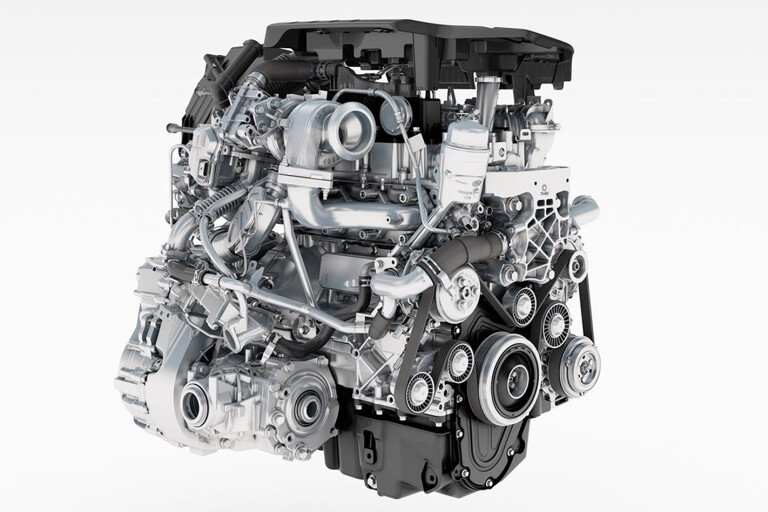
BIGGER engines make useful power more easily than smaller engines. That’s a given. It’s also a given that a smaller engine has to work harder than a bigger engine to make the same power.
Why? Because – everything else being equal – larger capacity engines produce more torque than smaller capacity engines, and once you have torque it’s easy enough to produce power. By revving harder and therefore working harder, smaller engines can match bigger engines for power.
A two-litre four, for example, will produce the same power as a four-litre V8 when it’s revving twice as hard as the bigger engine, provided it’s equally efficient. However, high engine speeds aren’t behind the extraordinary power outputs of the latest small-capacity turbo-diesels.
In fact, these latest turbo-diesels hardly rev any harder than old-school bigger-capacity diesels and nowhere near as high as similar capacity petrol engines, especially naturally aspirated examples. Instead, modern diesels achieve their high output by working hard in another way, and that’s via high combustion pressures achieved through the use of sophisticated turbochargers (often more than one) and high-tech fuel-injection systems.
The new four-cylinder Ingenium diesels in the all-new Land Rover Discovery are prime examples. The base Td4 engine is a 2.0-litre single turbo that claims 132kW and 430Nm, similar outputs to the 2.8-litre four in Prado, Hilux and Fortuner, which claims 130kW and 420Nm (450Nm with an automatic) and itself is a new-design engine.
Add a second turbo to the Discovery’s 2.0-litre four (the make is the Sd4) and the power and torque jump to an extraordinary 177kW and 500Nm. And again, these numbers are achieved without notably high engine speeds, as the 177kW is at 4000rpm and the 500Nm on tap at just 1500rpm. Does this put more strain on crucial engine components such as the big-end bearings? Yes, obviously, but there are mitigating factors at play here.
Old-school diesels run very high compression ratios (22:1 or greater) whereas recent-design diesels are down around a ‘softer’ 16:1. More importantly, modern common rail fuel-injection systems produce accurately staged multi-phase injection of the fuel for any single combustion event, rather than dumping all the fuel into the combustion chamber in one go.
These two factors help create less of a severe pressure spike in the combustion chamber that comes from a single ‘big bang’ and help create a longer, less violent combustion event that is much easier on the engine’s working internals.

COMMENTS